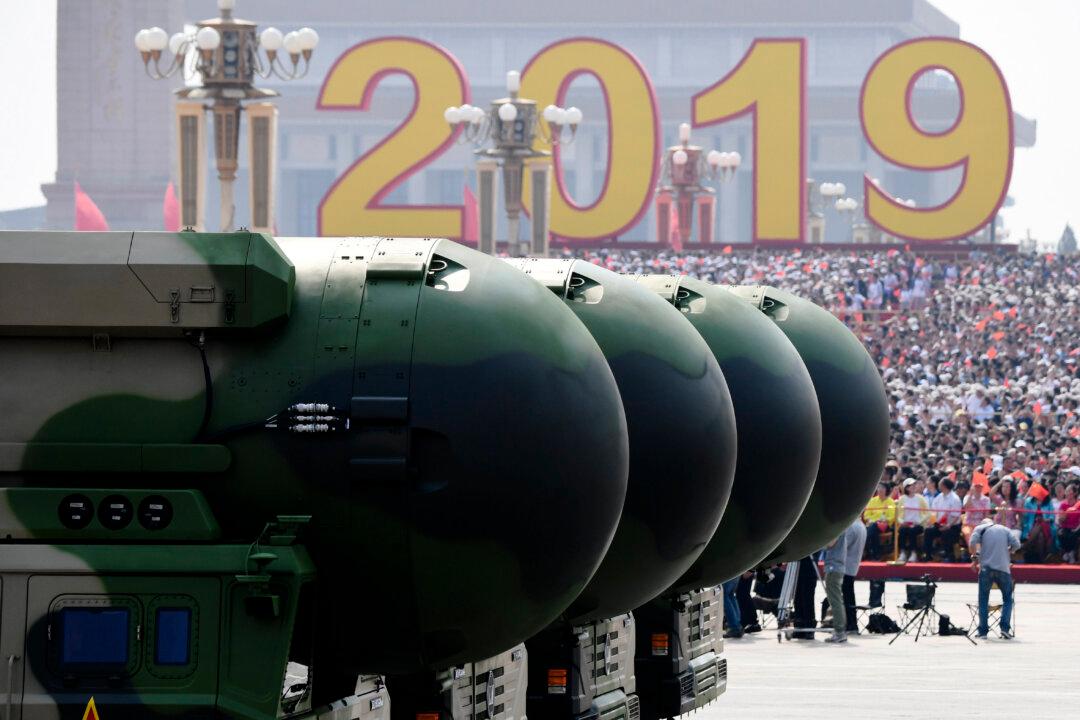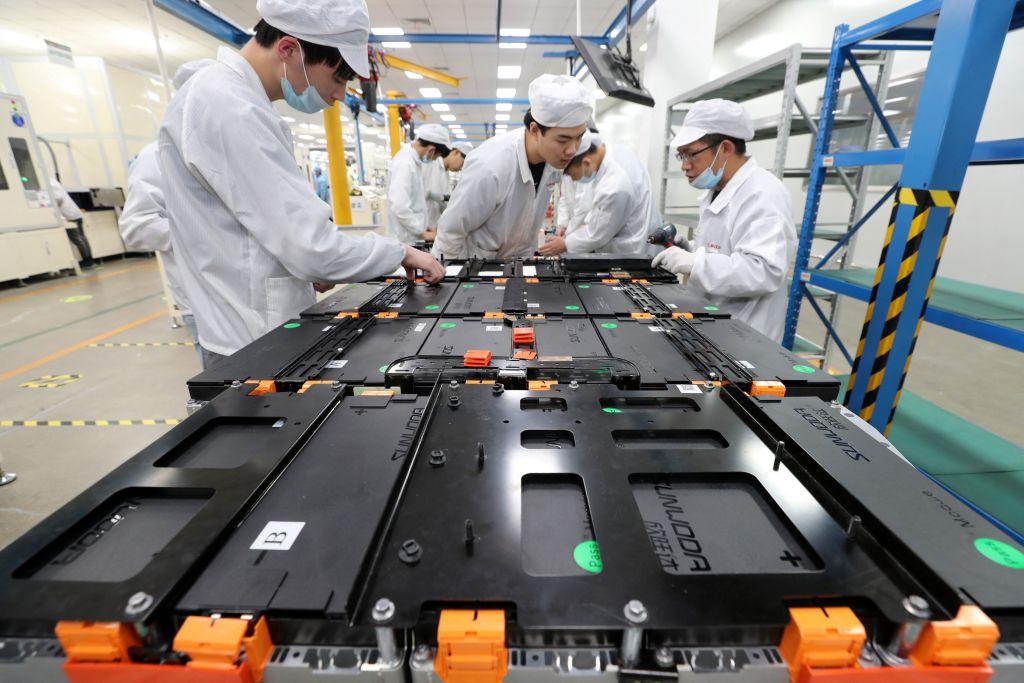In its latest move in the push to develop functioning jet engines, China has just set up a new state-run company with a mission to consolidate the efforts of past manufacturers.
The new firm, called the Aero-Engine Group of China (AEGC), is sponsored by the central government, Beijing authorities, and two existing state-run aerospace companies, Reuters reported on Aug. 28. AEGC was formed with 50 billion yuan (about $7.5 billion) in starting capital.
Beijing has long sought to build engines durable and reliable enough for the demands of its modern fourth- and fifth-generation military aircraft, but industrial deficiency and corruption has hampered this project since it began in the late 1980s.
Chinese leader Xi Jinping described establishing the new firm as a “strategic move,” according to state media.
The creation of the AEGC represents a shift in development strategy, according to Richard D. Fisher, Jr., senior fellow with the International Assessment and Strategy Center. By pooling resources into one firm, China hopes to “vastly rationalize” its aircraft engine sector, he said.
In the past, efforts were split between several industrial businesses and concerns, but results were not satisfactory.
“For a period China may have hoped that competition would lead to progress but that did not happen,” Fisher wrote in an email. “Now China is going to concentrate resources on winners and thus produce progress.”
Currently, the bulk of China’s fighter jets rely on a variant of a Soviet-designed engine, the Saturn AL-31, that is decades old and showing its age. This engine was built for the Su-27 family of Soviet fighters, but China has also used it in its locally-designed J-10 fighter, leading to notable difficulties.





